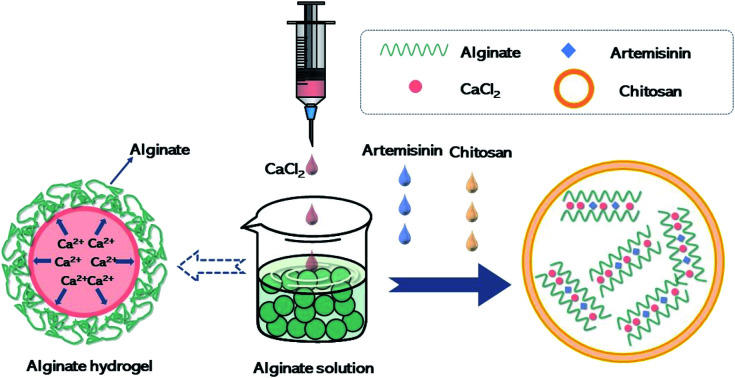- Record: found
- Abstract: found
- Article: found
Effect of artemisinin sustained-release algaecide on the growth of Microcystis aeruginosa and the underlying physiological mechanisms

Read this article at
Abstract
The aim of the study was to determine the effect of phycobiliprotein and esterase activity of Microcystis aeruginosa cells on the effect of artemisinin slow-release algaecide. We analyzed the sustained stress of artemisinin slow-release algaecide and the associated changes in density, phycobiliprotein, and esterase activity in Microcystis aeruginosa ( M. aeruginosa) and monitored changes in the physical and chemical properties of the algae during the process. The results showed that the cumulative release concentration of artemisinin sustained-release algaecide in different media was similar. When the total amount of artemisinin was kept at 5.00–5.30 mg L −1, the effect of artemisinin on algal cells and the release amount of slow-release algicides reached a dynamic balance, and the equilibrium concentration could inhibit the growth of M. aeruginosa. Artemisinin slow-release algaecide slowly released artemisinin and inhibited the content of phycobiliprotein in M. aeruginosa. The esterase activity recovered after 15 days and continued to increase. Artemisinin showed no harmful effect on M. aeruginosa and increased the metabolic activity of algal cells. M. aeruginosa may undergo programmed cell death, keeping the cell membrane structure intact. The use of micro-nano materials can increase the effect of allelochemicals on Microcystis aeruginosa. The slow release of allelopathic active substances from the algae inhibitor reduces the algal density of Microcystis aeruginosa cells. However, the enhanced metabolic activity of algal cells may be due to artemisinin causing PCD in Microcystis cells, keeping the cell membrane structure intact, thereby preventing algal cell rupture and release of a large amount of algal toxins.
Abstract
This study focuses on changes in algal density, phycobiliprotein and esterase activity of M. aeruginosa under the continuous stress of artemisinin sustained-release algaecide and the analysis of the physicochemical changes in the algae.

Related collections
Most cited references33
- Record: found
- Abstract: found
- Article: not found
Autophagy and apoptosis: what is the connection?
- Record: found
- Abstract: found
- Article: not found
Accurate flow cytometric membrane potential measurement in bacteria using diethyloxacarbocyanine and a ratiometric technique.
- Record: found
- Abstract: found
- Article: not found